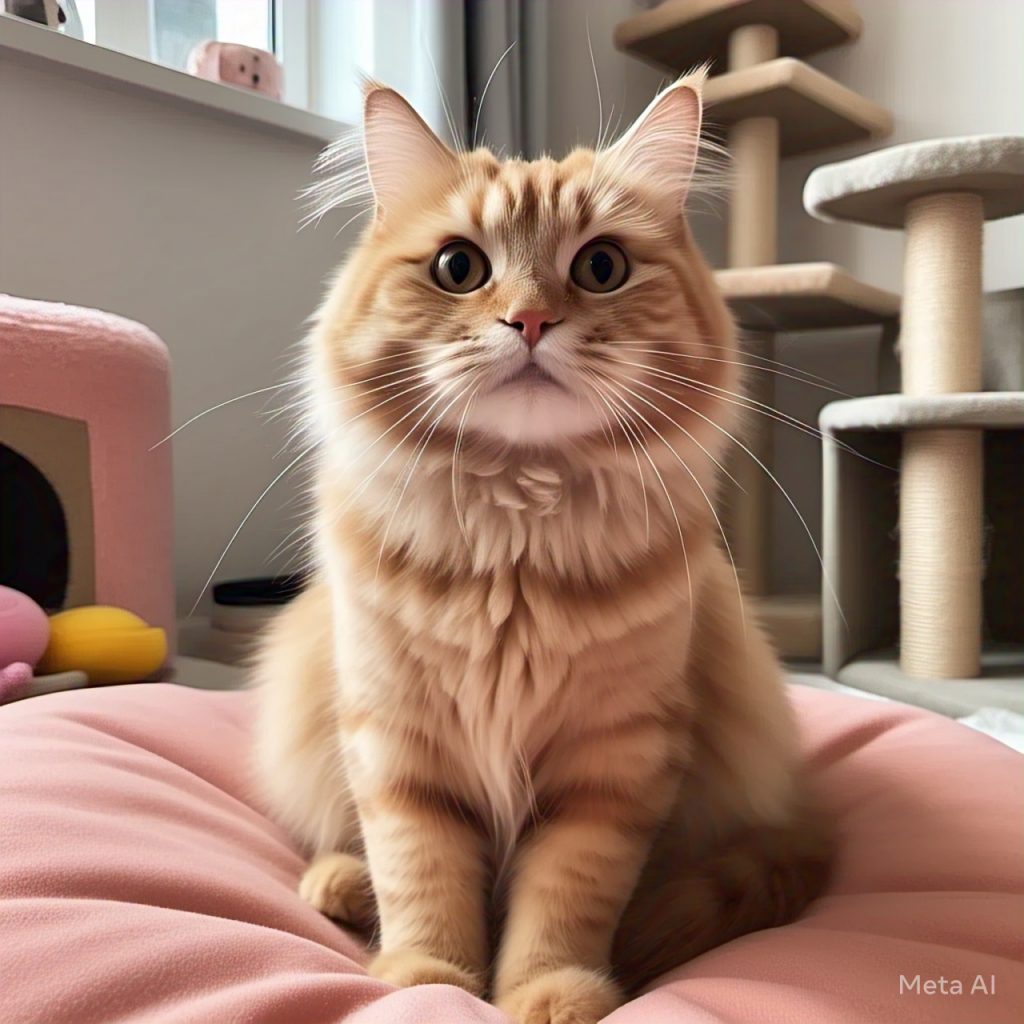Cats are beloved pets, but when a female cat goes into heat, it can be a challenging time for both the cat and her owner. Understanding how to ease a cat in heat is essential for ensuring her comfort and well-being. This article will provide an in-depth breakdown of the topic, covering everything from the biology of a cat in heat to practical tips for managing her behavior and discomfort.
Understanding the Feline Heat Cycle
Before diving into solutions, it’s crucial to understand what happens when a cat goes into heat. The feline heat cycle, also known as the estrous cycle, is the period during which a female cat is receptive to mating. This cycle is influenced by several factors, including age, breed, and environmental conditions.
Key Phases of the Feline Heat Cycle
- Proestrus: This is the initial phase, lasting about 1-2 days. During this time, the cat may show subtle signs of being in heat, such as increased affection and restlessness.
- Estrus: This is the main heat phase, lasting 4-10 days. The cat becomes highly vocal, may exhibit rolling behavior, and will actively seek a mate.
- Interestrus: If the cat does not mate, she will enter this phase, which lasts about 7-14 days. During this time, she will not show signs of heat.
- Anestrus: This is the period of sexual inactivity, typically occurring during the winter months when daylight hours are shorter.
Frequency of Heat Cycles
Cats are seasonally polyestrous, meaning they can go into heat multiple times during the breeding season, which typically runs from early spring to late fall. Indoor cats, however, may experience heat cycles year-round due to consistent lighting and temperature conditions.
Signs Your Cat is in Heat
Recognizing the signs of a cat in heat is the first step in providing appropriate care. Common signs include:
- Vocalization: Increased meowing, yowling, or howling, often at night.
- Affectionate Behavior: Rubbing against people or objects more frequently.
- Restlessness: Pacing, inability to settle, and increased activity.
- Rolling: The cat may roll on the floor more than usual.
- Elevated Tail: The cat may hold her tail to the side, signaling readiness to mate.
- Increased Grooming: Excessive licking of the genital area.
How to Ease a Cat in Heat: Practical Tips
Managing a cat in heat requires a combination of environmental adjustments, behavioral interventions, and, in some cases, medical solutions. Here are some effective strategies:
1. Provide a Calm Environment
- Reduce Stress: Minimize loud noises and sudden changes in the environment. A calm atmosphere can help reduce your cat’s anxiety.
- Comfortable Space: Ensure your cat has a quiet, comfortable place to rest. A cozy bed in a secluded area can be beneficial.
2. Increase Play and Exercise
- Interactive Toys: Engage your cat with toys that stimulate her mind and body. This can help distract her from the discomfort of being in heat.
- Regular Playtime: Schedule regular play sessions to help burn off excess energy and reduce restlessness.
3. Use Pheromone Diffusers
- Feliway: This synthetic pheromone mimics the natural calming pheromones that cats produce. Using a Feliway diffuser can help reduce stress and anxiety in your cat.
4. Maintain a Consistent Routine
- Feeding Schedule: Stick to a regular feeding schedule to provide a sense of stability.
- Litter Box Maintenance: Keep the litter box clean and accessible to reduce stress.
5. Consider Spaying
- Long-Term Solution: Spaying your cat is the most effective way to prevent heat cycles and associated behaviors. It also offers health benefits, such as reducing the risk of certain cancers.
- Consult Your Vet: Discuss the best time to spay your cat with your veterinarian. Spaying can be done as early as 8 weeks of age, but the optimal age may vary.
6. Provide Extra Attention
- Affection: Spend extra time petting and comforting your cat. This can help alleviate some of her discomfort.
- Grooming: Brushing your cat can be soothing and help strengthen your bond.
7. Monitor for Health Issues
- Hydration: Ensure your cat has access to fresh water at all times. Increased vocalization and activity can lead to dehydration.
- Appetite: Monitor her eating habits. Some cats may eat less during heat, so offer her favorite foods to encourage eating.
8. Avoid Unwanted Mating
- Indoor Confinement: Keep your cat indoors to prevent unwanted pregnancies. Ensure all windows and doors are securely closed.
- Supervision: If you have other pets, supervise interactions to prevent mating attempts.
When to Seek Veterinary Advice
While most cats handle heat cycles without serious issues, there are times when veterinary intervention is necessary:
- Prolonged Heat: If your cat remains in heat for more than 10 days, consult your vet. Prolonged heat cycles can indicate underlying health issues.
- Behavioral Changes: If your cat’s behavior becomes excessively aggressive or she shows signs of severe distress, seek professional advice.
- Health Concerns: Any signs of illness, such as vomiting, diarrhea, or lethargy, should be addressed promptly.
Conclusion
Easing a cat in heat requires a combination of understanding, patience, and proactive care. By recognizing the signs of heat and implementing the strategies outlined in this article, you can help your cat navigate this challenging time with minimal stress and discomfort. Remember, spaying is the most effective long-term solution to prevent heat cycles and associated behaviors, so consider discussing this option with your veterinarian.
By providing a calm environment, engaging in regular play, and offering extra attention, you can ensure your cat remains comfortable and healthy during her heat cycle. With the right approach, you and your feline friend can get through this period smoothly and strengthen your bond in the process.

